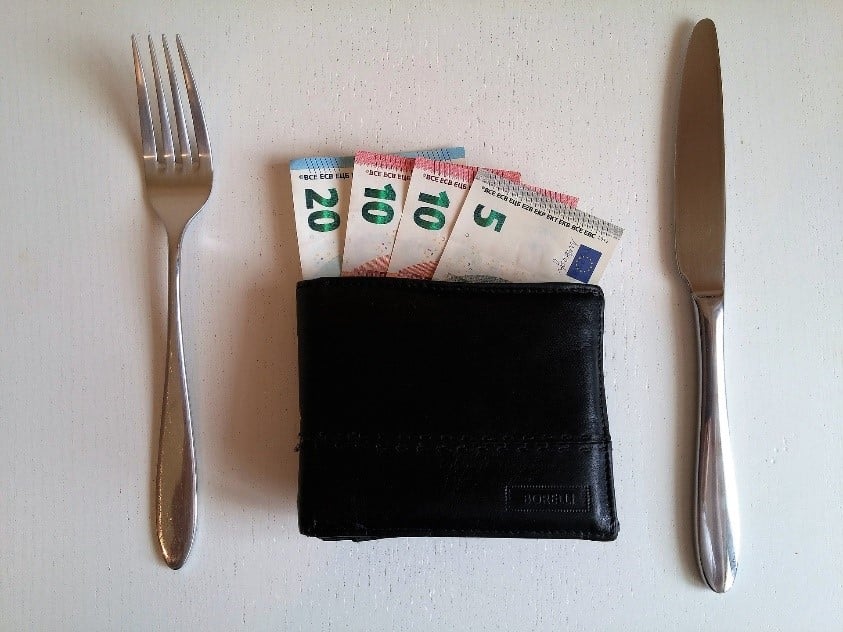Coping with stress
Stress defined? ‘When the demands placed upon us at work exceed our resources, and we feel we can no longer cope’. You’ve had a stressful day – there’s too much work, deadlines are tight and you’re worrying constantly about the consequences of not getting it done. Perhaps your manager (also stressed) is shouting at you? It’s the end of another working day and you feel exhausted, irritable and on edge. What is going on?
If you are stressed, you spend your day in a state of constant anxiety. Basically, you’re stuck in fight or flight mode, that powerful survival instinct designed to assist us whenever we feel threatened or in danger. You perceive a threat, fight or flight is switched on, and adrenaline and cortisol is released into your bloodstream. There are physical effects such as increased heart rate, raised body temperature, sweaty palms and butterflies in your stomach).
However, the main problem is the amount of nervous energy it gives you, which is designed to keep you alive, to fight back or take flight! But you’re in the office, not about to engage a sabre-toothed tiger in mortal combat!
Once you have dealt with the threat, the fight or flight mechanism is supposed to switch off. It’s only meant to be used in temporary, short-term bursts. The problem is that stressed out people see threats around them all the time, so they go into fight or flight mode and get stuck there. The nervous energy within them builds up throughout the day, and at some point it will have to be released!
What can you do?
Let’s talk about coping networks; finding an appropriate outlet for the pent up nervous energy, emotion and frustration generated during a stressful working day. These networks are very important, because if we can’t find a suitable way of releasing our nervous energy, it will come out in other ways. This could be an outburst – we’ve had a hard day, and someone says something we don’t like. Before we know it, we’re raging at this unfortunate victim!
Here are some popular coping networks:
- Exercise – ever wondered why people go to the gym after work, or go running? Obviously a healthy pastime, but also an effective way to burn off the nervous energy accumulated at work. Any form of sporting endeavour can be useful here.
- Talking things through with family, friends and colleagues. Perhaps after you’ve played sport, it’s time for a drink in the bar? Over a nice glass of something, the conversation usually starts with ‘you will not believe the day I’ve had…’
- Hobbies and pastimes – any activity which allows you to relax for a while.
There are no hard and fast rules here – it’s each to their own. Some people like to take the dog for a walk in the countryside, learn to play an instrument, or take a hot bath with essential oils and candles.
Conclusion
During a stressful day at work, nervous energy accumulates within us. That energy is going to find a way out at some point, and it’s better for everyone if we can control how and when that happens. As discussed, there are a number of possibilities available so find the way that works for you. Thinking about your day and any stress points, what’s worked well for you in the past? And what could you do today to create some essential ‘me’ time?


